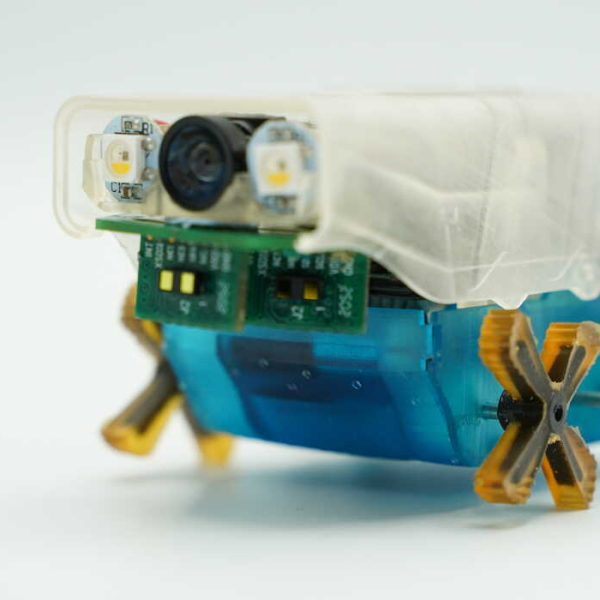Modern RC cars can be pretty darn fast. That’s fun and all, but it also makes it easy to crash them into things. This problem inspired [Narrow Studios] to whip up something to offer a bit of protection.
The concept is simple enough—the RC car just needs some way to detect obstacles and stop before hitting them. The build relies on ultrasonic sensors as rangefinders to spot solid objects in the path of the vehicle. An Arduino Nano is in charge of reading the sensors. When it appears the car is approaching a wall or similar obstacle, it fires off a PWM signal to the car’s motor controller commanding it to brake. The additional hardware is held to the car with a bunch of custom printed brackets.
The setup isn’t perfect; the video notes that if you insist on accelerating quickly when close to a wall, you still have a fair chance of hitting it. That’s largely put down to the refresh time of the sensors and the overall system, which could be improved with further work. Still, if you’re always crashing your RC car into walls or curbs, this kind of thing might appeal to you.
We’ve featured some other great RC projects before, too.
Continue reading “Adding Automatic Emergency Braking To An RC Car”









 Peek behind the polished face and you’ll find a mechanical sleight of hand. This isn’t your grandfather’s gear-laden
Peek behind the polished face and you’ll find a mechanical sleight of hand. This isn’t your grandfather’s gear-laden 









